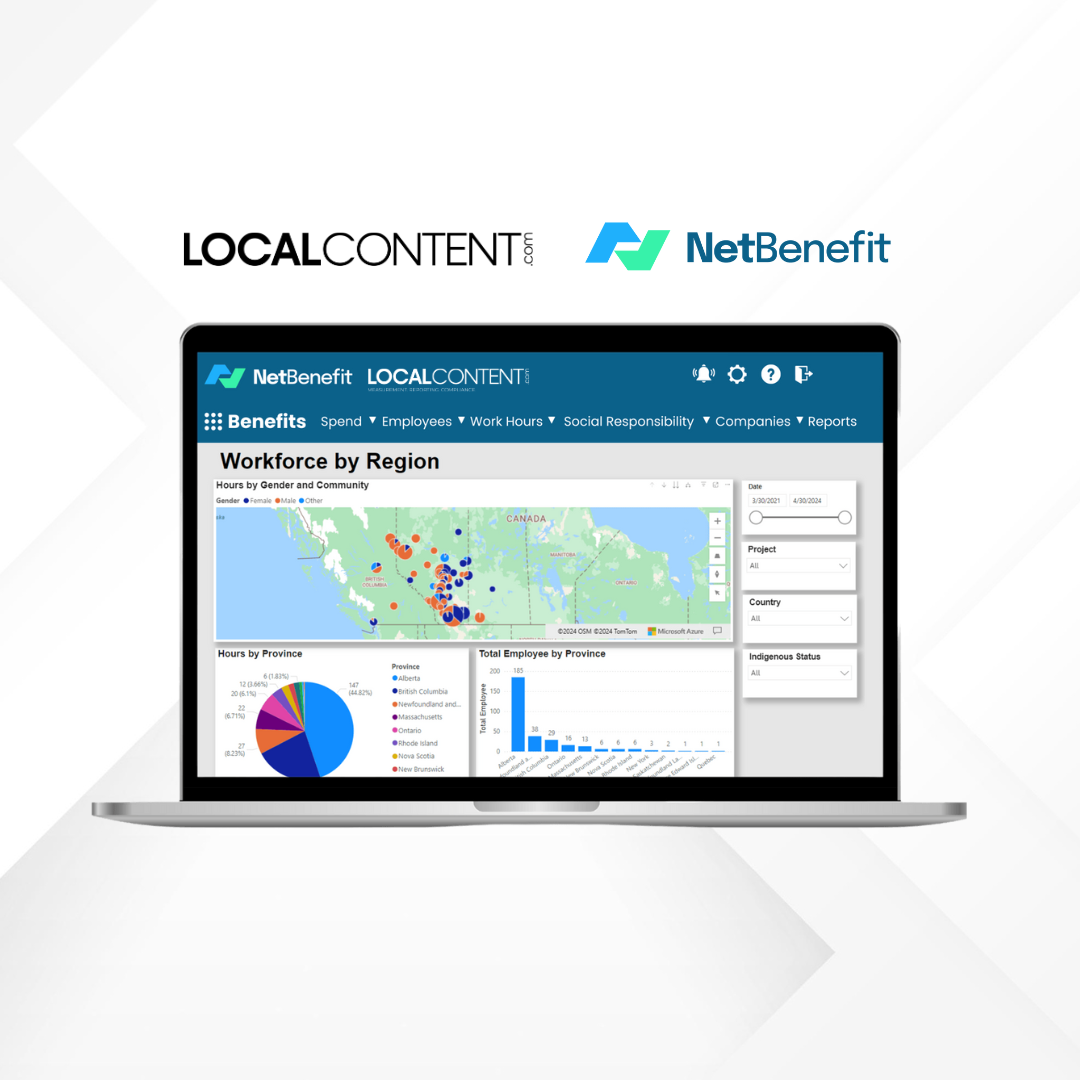As cities across the United States strive to modernize and enhance their sports, entertainment, and leisure infrastructure, the stakes have never been higher. New and remodeled facilities, from gleaming stadiums to revitalized parks and cutting-edge theaters, promise to transform urban and suburban landscapes and drive economic growth. However, to truly deliver on these promises, it is crucial that these projects adhere to local content requirements in exchange for receiving long term property leases, tax benefits, public funding, and grants. This approach ensures that the economic benefits are felt by the local resident and business taxpayers who support these initiatives, through the inclusion of contract opportunities for local small/diverse businesses, job training and placement, and meaningful community investments.
The Promise of Infrastructure Projects
Sports and entertainment infrastructure projects are often seen as catalysts for economic development and urban renewal. They can:
- Drive Economic Growth: These projects attract tourists, create jobs, and stimulate spending in local businesses, creating a vibrant economic ecosystem.
- Foster Community Engagement: Facilities provide communal spaces that bring people together, fostering social cohesion and a sense of belonging.
- Promote Health and Wellness: Parks and recreational centers encourage physical activity, contributing to overall public health.
- Enhance Cultural Vitality: Theaters and arts centers offer cultural experiences that enrich community life and attract diverse audiences.
However, realizing these benefits requires substantial investment, often beyond the capacity of private developers alone. This is where tax benefits, public funding, and grants come into play.

The Crucial Role of Tax Benefits and Public Funding
Securing financial backing for large-scale infrastructure projects is challenging but necessary. Tax benefits, public funding, and grants provide the financial support needed to make these ambitious projects a reality:
- Tax Benefits: These can include tax credits, deductions, and exemptions that lower the financial burden on developers, making projects more financially viable.
- Public Funding: Government allocations at the local, state, and federal levels are essential. These funds can be sourced from bonds, general funds, or specific development initiatives.
- Grants: Various grants from government agencies, non-profits, and private foundations offer non-repayable funds that support specific aspects of projects, such as sustainability initiatives or community programs.
While these financial mechanisms are crucial, their true value is realized only when projects meet local content requirements, ensuring that the economic benefits extend to the taxpayers who support these initiatives.
Achieving Local Content Requirements
Local content requirements mandate that a portion of the project budget be allocated to local small/diverse businesses. This ensures that the economic benefits of large-scale projects are distributed within the community, promoting equity and inclusion. Key components include:
- Supporting Local Small/Diverse Businesses: Engaging local businesses in these projects stimulates the local economy and fosters a resilient economic environment. Prioritizing underrepresented business enterprises (ie small, women, minority, veteran, LGBTQ+ owned businesses) helps address systemic disparities and promotes social equity.
- Job Creation: Projects should focus on creating quality jobs that provide fair wages, benefits, and opportunities for career growth. This not only supports individual livelihoods but also contributes to a stable and prosperous community.
- Meaningful Community Investments: Beyond economic considerations, infrastructure projects should contribute to the social and cultural fabric of the community. This can include investments in local schools, community centers, and public health initiatives.
By adhering to these requirements, infrastructure projects can maximize their positive impact on the community.
Sports and Entertainment Local Content Models – Coming Soon

The Broader Impact of Local Content Requirements
By adhering to local content requirements, infrastructure projects can deliver broad and lasting benefits. These benefits extend beyond the immediate economic impact to include:
- Economic Resilience: A diverse and robust local economy is better equipped to withstand economic fluctuations and shocks.
- Social Equity: Prioritizing local and diverse businesses promotes social equity and helps address long-standing disparities.
- Community Stability: Quality job creation and meaningful community investments contribute to a stable and prosperous community, improving overall quality of life.
These outcomes underscore the importance of a holistic approach to infrastructure development that prioritizes local content.
The development and improvement of sports, entertainment, and leisure infrastructure hold immense potential to transform communities. By leveraging tax benefits, public funding, and grants, and by rigorously adhering to local content requirements, municipalities can ensure that these projects deliver broad and lasting economic benefits.
This approach not only supports the successful completion of infrastructure projects but also fosters economic equity, community empowerment, and sustainable growth. As cities and towns across the nation look to the future, embracing these principles will be key to building stronger, more resilient, and more inclusive communities.
By prioritizing local engagement and equitable economic opportunities, the true promise of these projects can be realized, paving the way for a brighter and more prosperous future for all.









